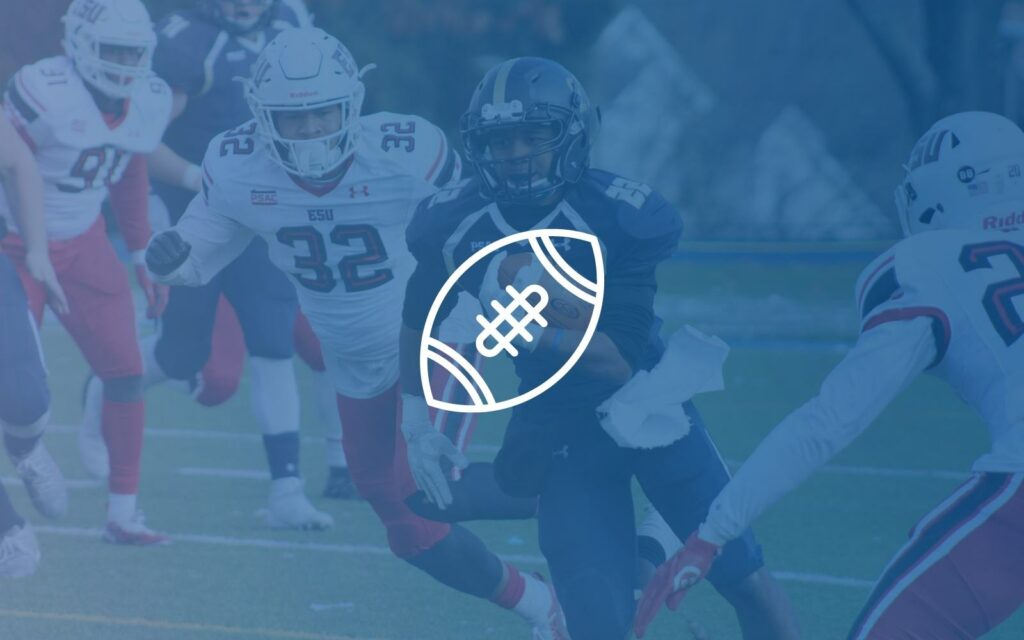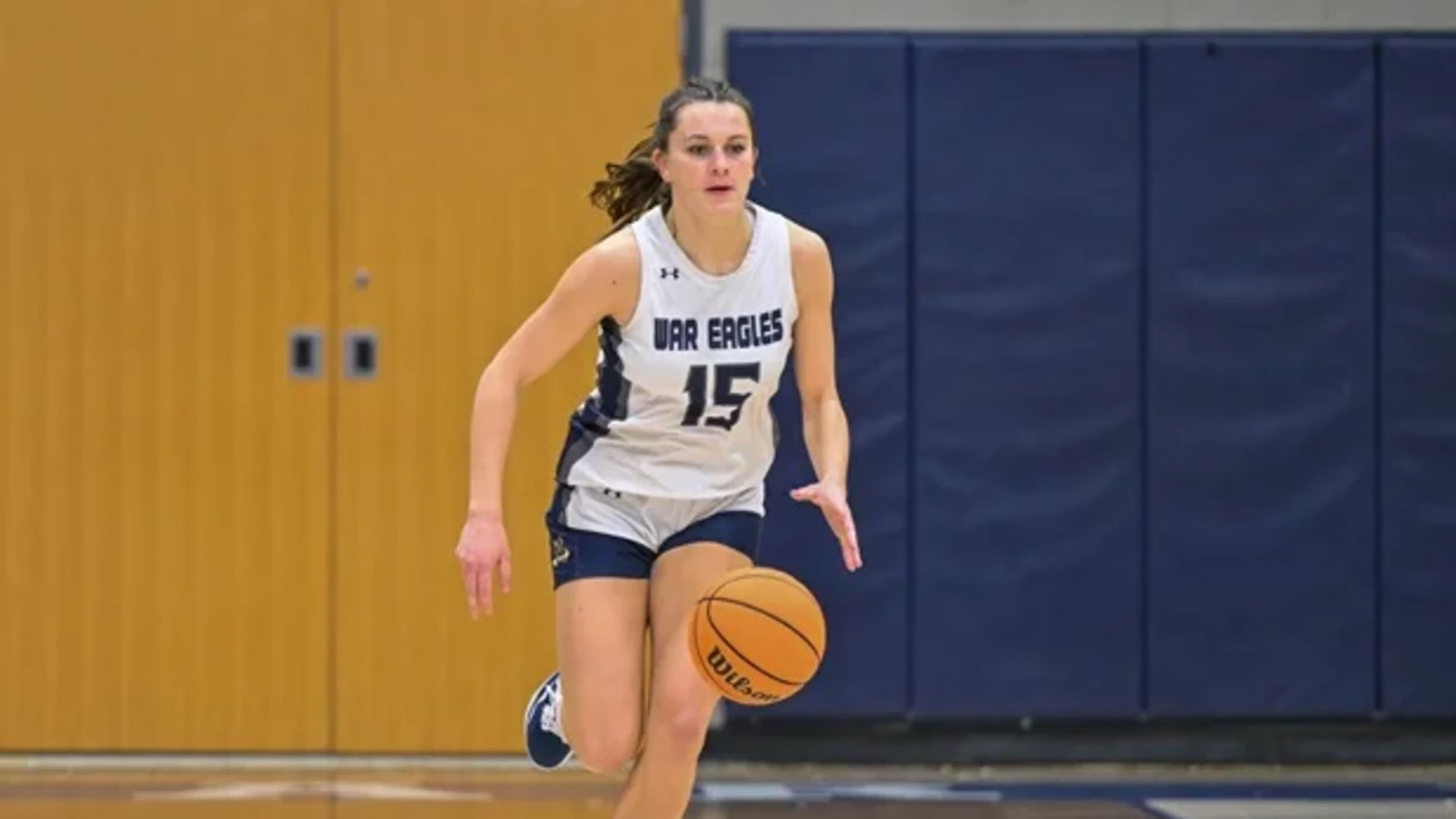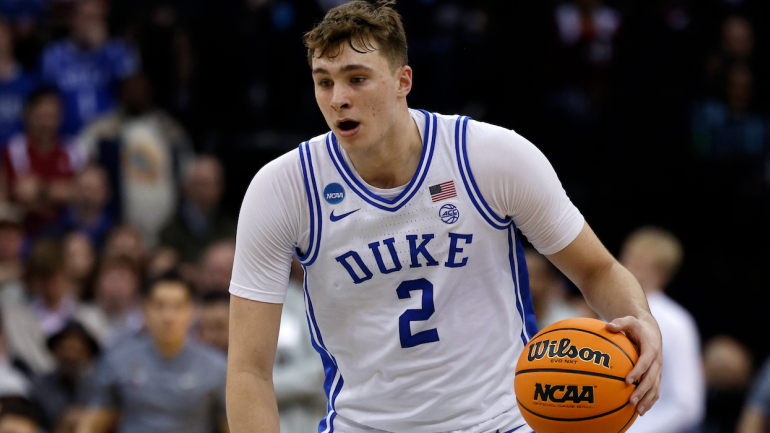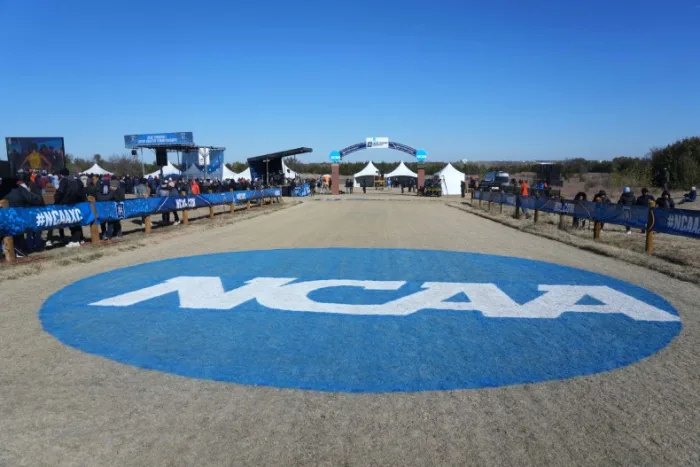State of College Sports: Why NIL is so concerning for top stakeholders

Roughly 28 months ago, the college sports landscape underwent a tectonic shift.
After mounting pressure from state laws and a Supreme Court decision, the NCAA put an interim policy in place, allowing college athletes to profit off their name, image and likeness for the first time since the governing body’s inception in 1905.
If each NCAA division was broken into different tectonic plates, each is still dealing with its own aftershocks.
On3 asked more than 50 stakeholders what their biggest problem is with the NIL space, with each opinion different from the other because of how NIL has created divisions. The interviews with commissioners, athletic directors, coaches, athletes, NIL and legal experts and others are part of On3’s State of College Sports project.
At the Division II and III levels, trying to secure endorsement NIL deals and dollars remains an uphill for most athletes. And in Division I, fissures are littered everywhere. College football continues to hurl itself toward a professionalized model. NIL serves as the stopgap between amateurism and revenue sharing.


